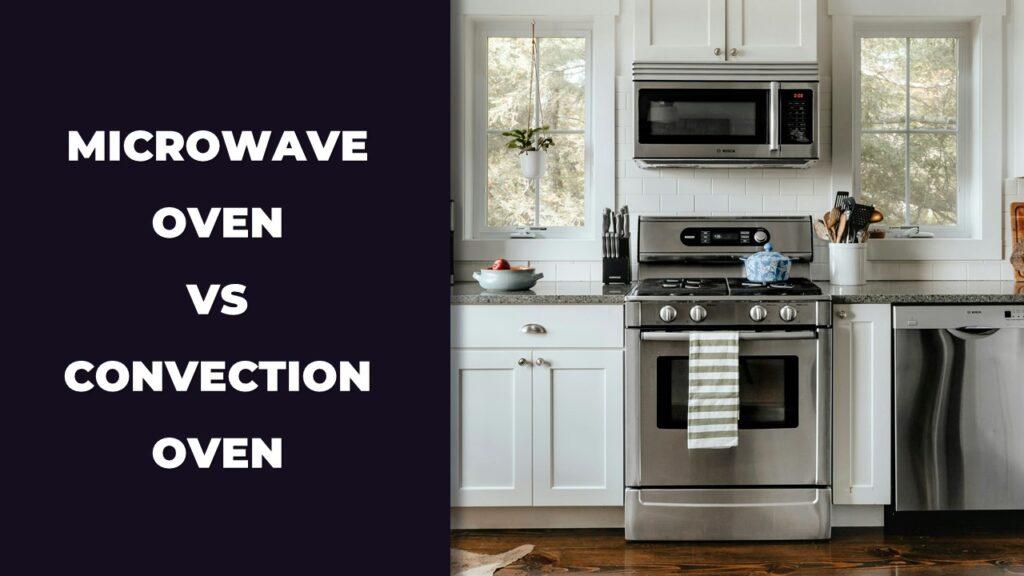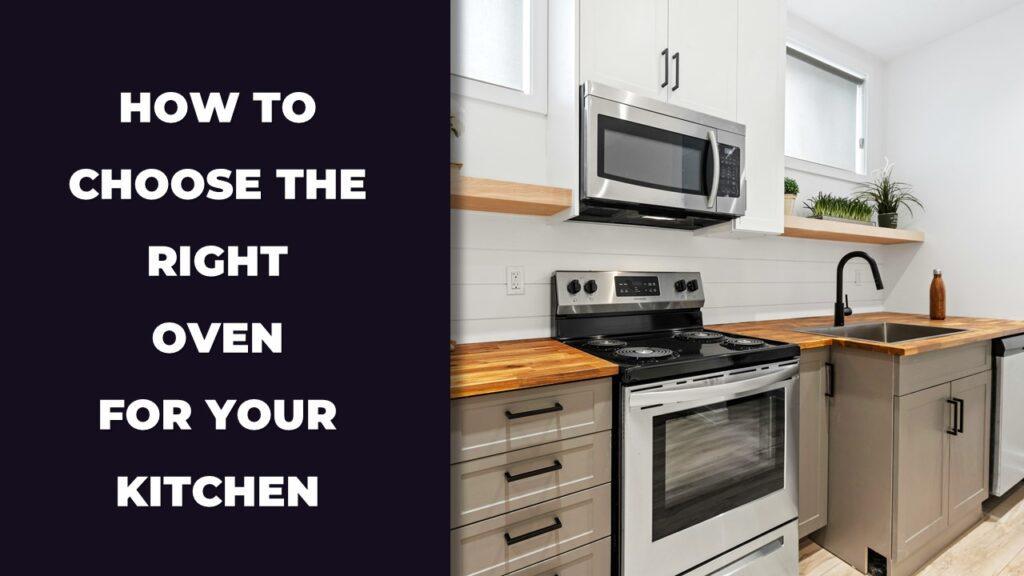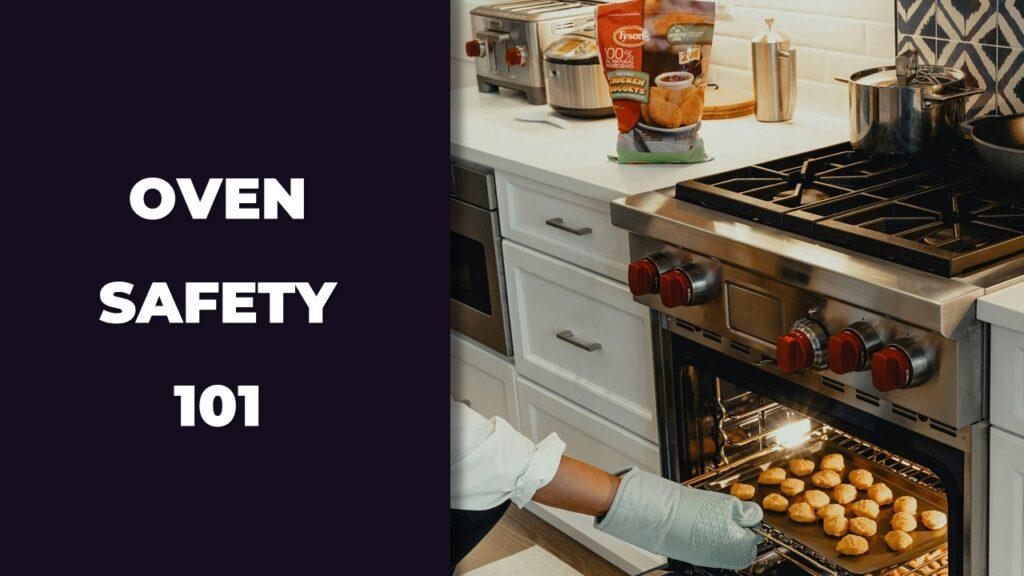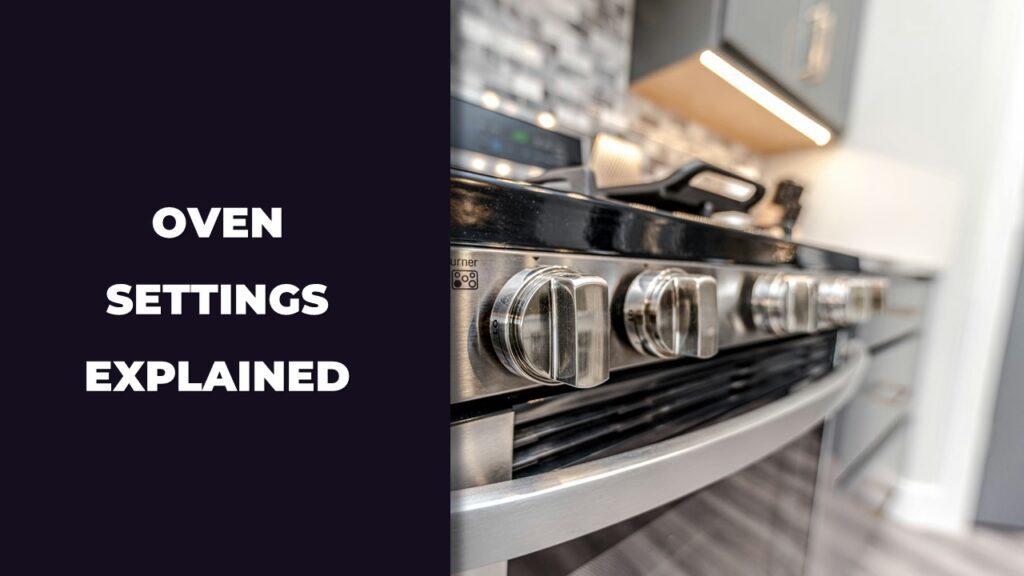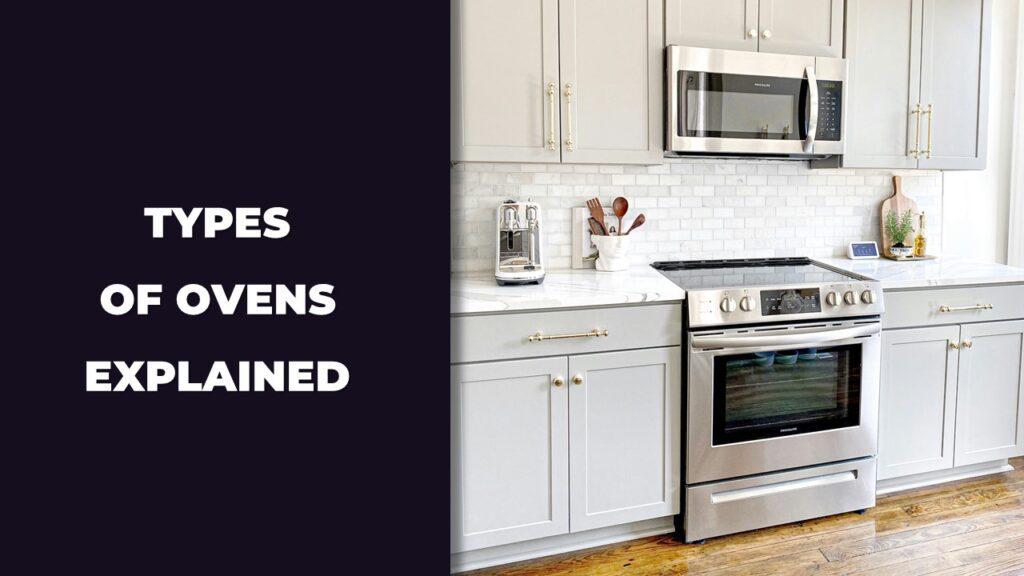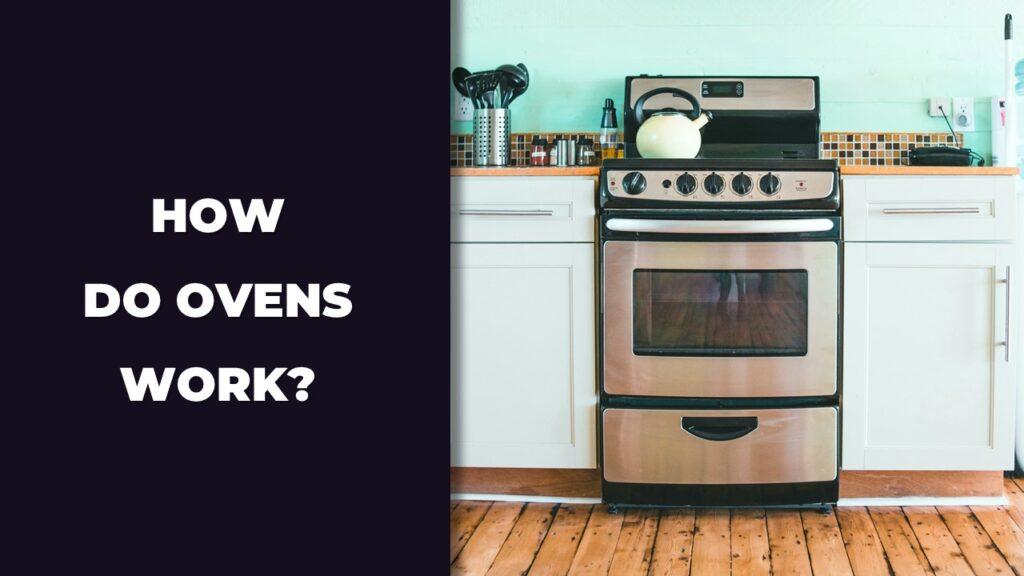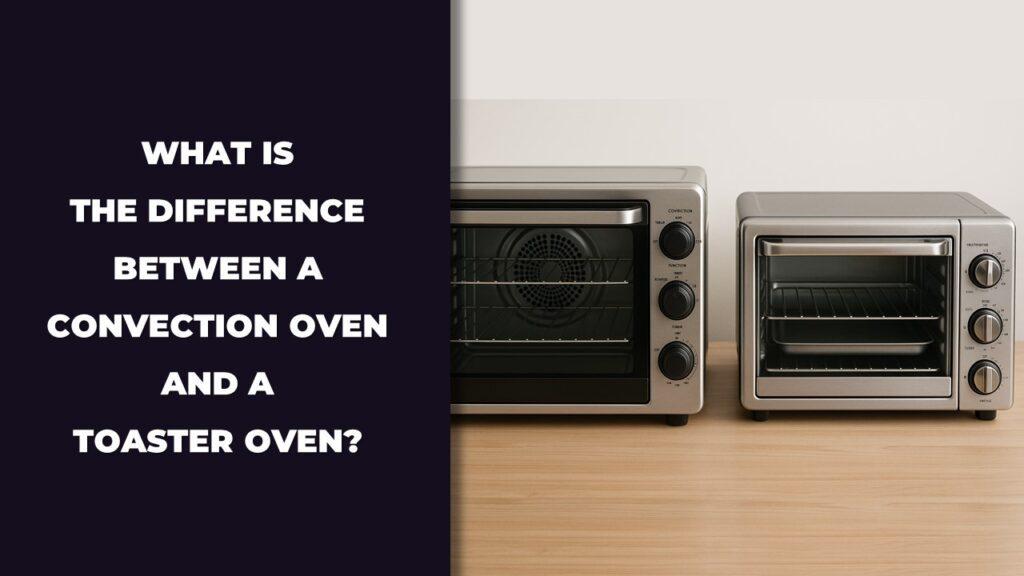Microwave Oven vs Convection Oven: Which One Should You Choose?
Microwave ovens and convection ovens differ in how they cook food. Microwaves use electromagnetic waves to heat food quickly, which is perfect for reheating or defrosting. Convection ovens use a fan to blow hot air around, giving food a crisp, even finish—great for baking and roasting. This article breaks down how each oven works, what […]
Microwave Oven vs Convection Oven: Which One Should You Choose? Read More »

